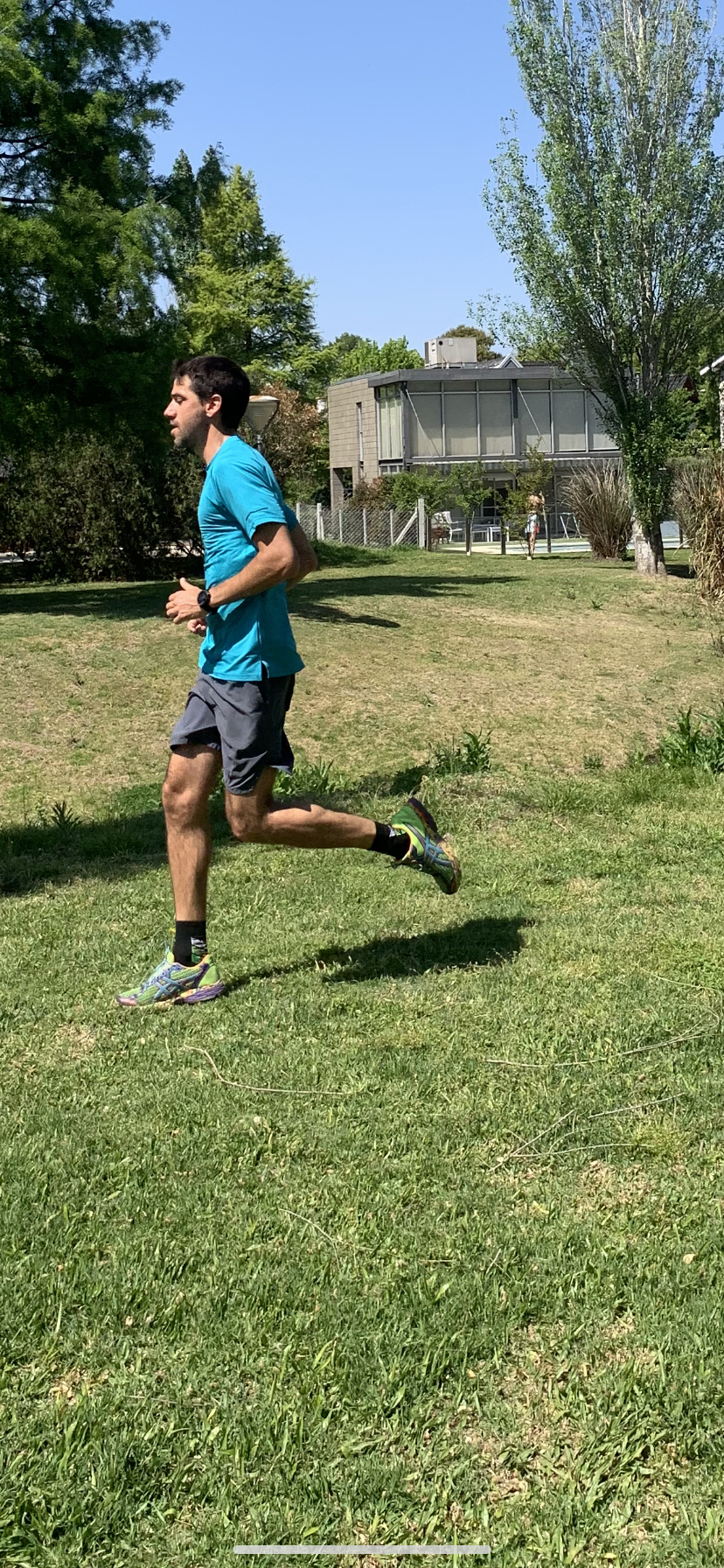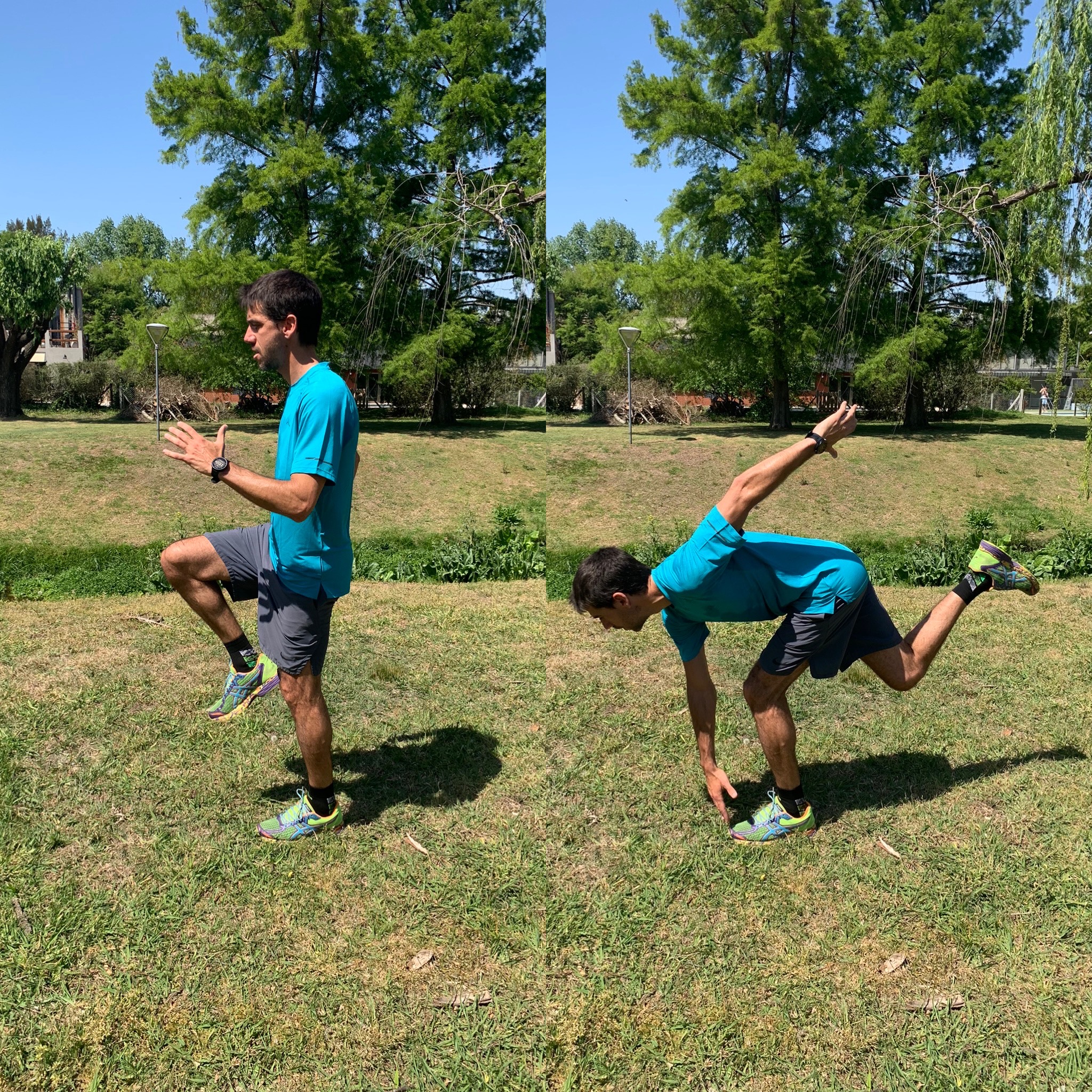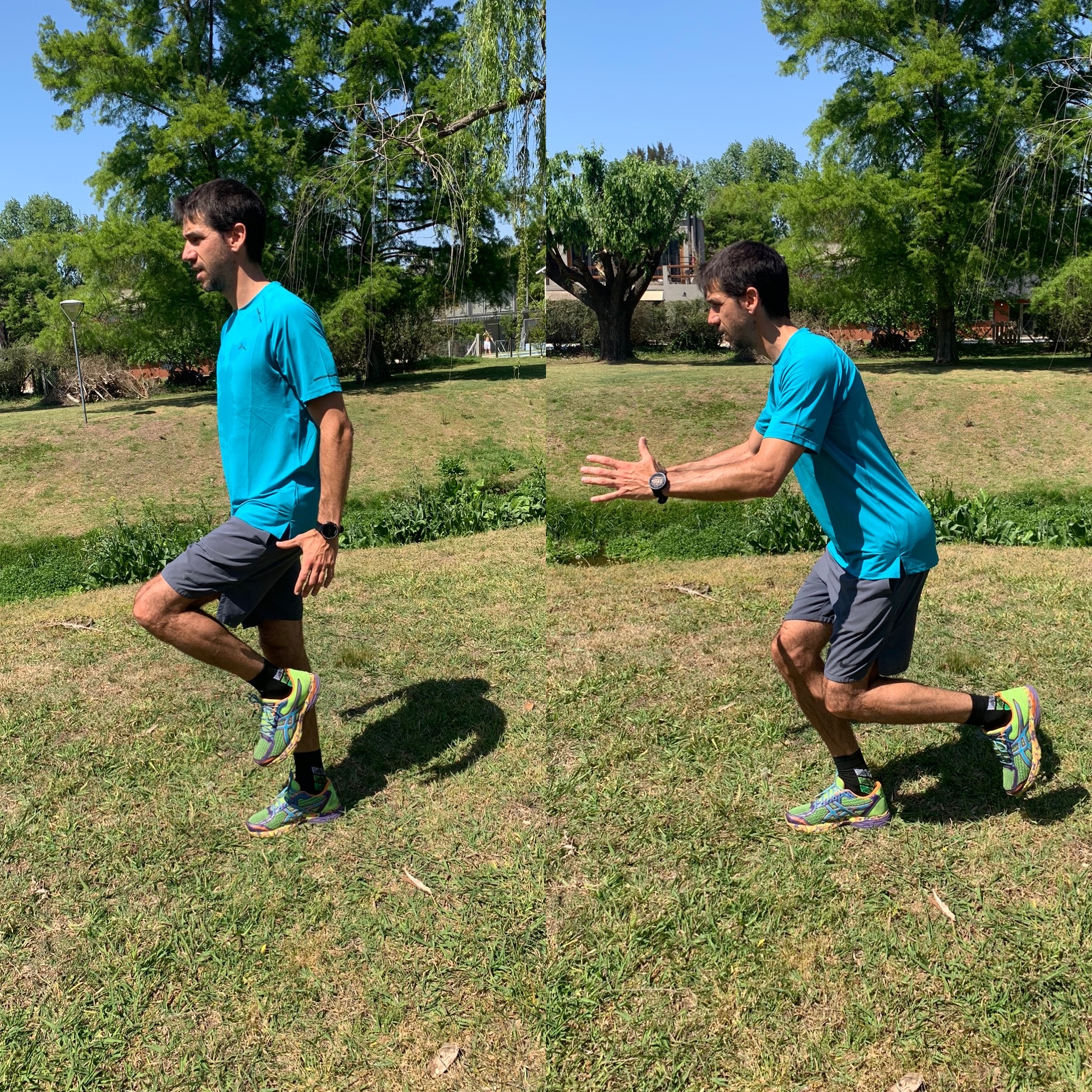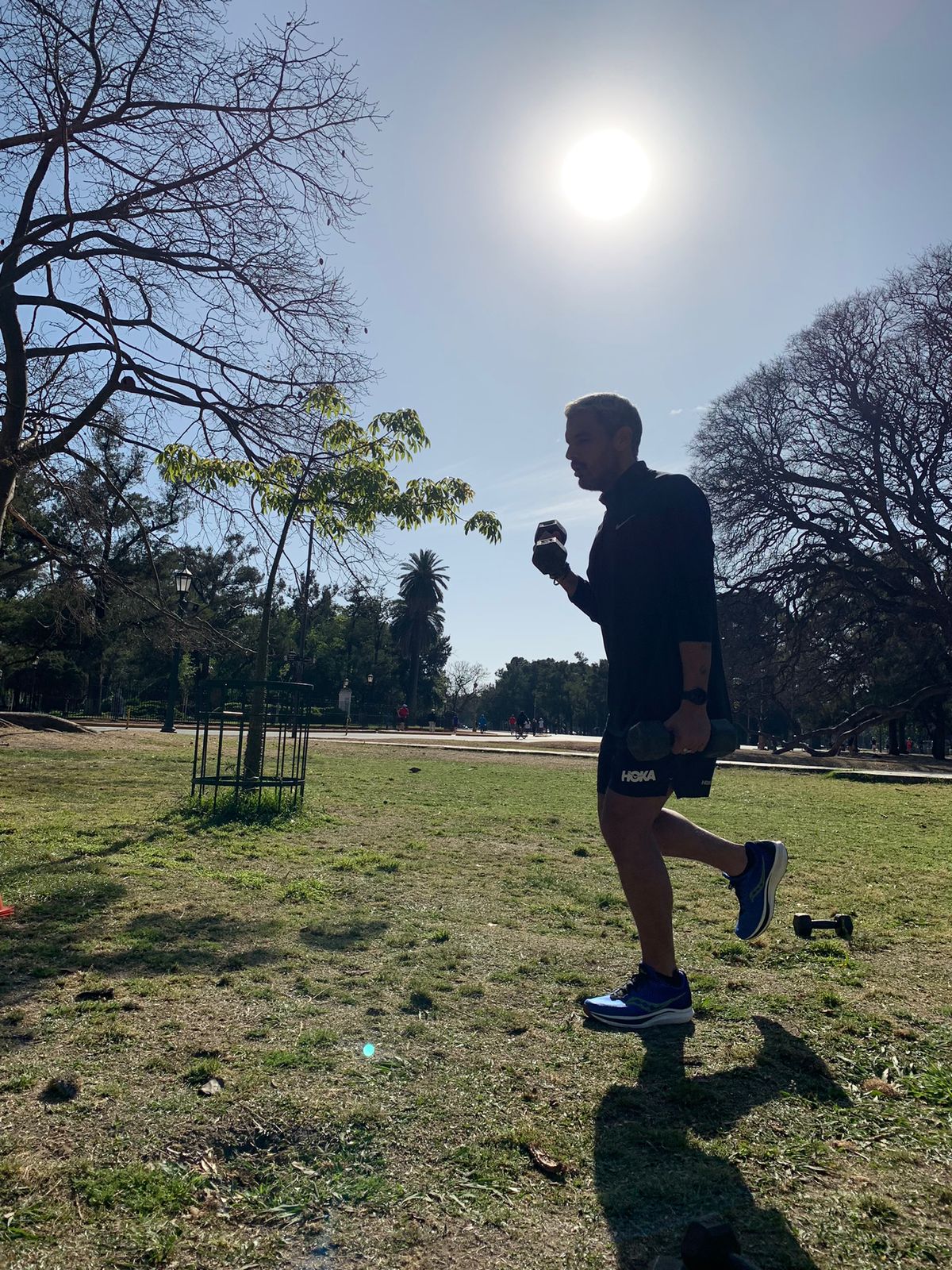PRACTICAL GUIDE TO EXERCISES FOR THE AMATEUR RUNNER
2022-10-11

My name is Joaquín Estefanía, I am a physical education teacher and fitness coach. I work with athletes to enhance their physical capabilities. In the following notes, we will be creating a practical guide of exercises focused on improving the performance of RUNNERS and preventing injuries.
We know there's a lot of information out there about runner training. Here, we'll help you organize and explain the reasoning behind each exercise.
It is important to know the biomechanical function of the human body, which is explained through two concepts: the four pillars of human movement and pathways to sports power are fundamental concepts in physical preparation and athletic performance:
To begin with, let's talk about the human body and its four pillars of movement.
Human movement can be classified into four categories/pillars.
- locomotion
- changes in the center of gravity
- push-pull
- rotation.
This organizational model is closely related to sports, where the four pillars are associated with important athletic skills.
Let's start by discussing the first pillar. The Locomotion
The foundation of human movement is basic motor skill, and everyone, especially athletes whose disciplines depend on running, should base their training on improving locomotion and training the gait cycle.
The two main characteristics of locomotion are stability on one leg and rotation.

Locomotion is carried out one leg at a time and creates a structure that transfers forces from the ground throughout the body. That's why the exercises we will do to work on this pillar will be single-leg exercises.
Here are a series of exercises focusing on the LOCOMOTION pillar:
SCOPE

FORWARD SKIP

TRIPLE THREAT
TRACTION

It's important to clarify that rotation is a fundamental component of locomotion, as it counters the rotational forces between the upper and lower limbs, thereby maintaining the alignment and body balance necessary for effective running.
ROTATION
Lastly, it's worth noting that locomotion is considered a primary motor skill because it encompasses the other 3 pillars of human movement mentioned earlier.
- In each stride, the center of gravity moves horizontally and vertically.
- Locomotion requires contralateral movements of pushing and pulling with the arms to counteract the rotational forces produced by the lower limbs.
- The contralateral movement between the upper and lower body generates the rotational component.
In the upcoming notes, we will delve into specific exercises to improve each of the remaining three pillars, while keeping in mind that all four pillars come into play together when running.
